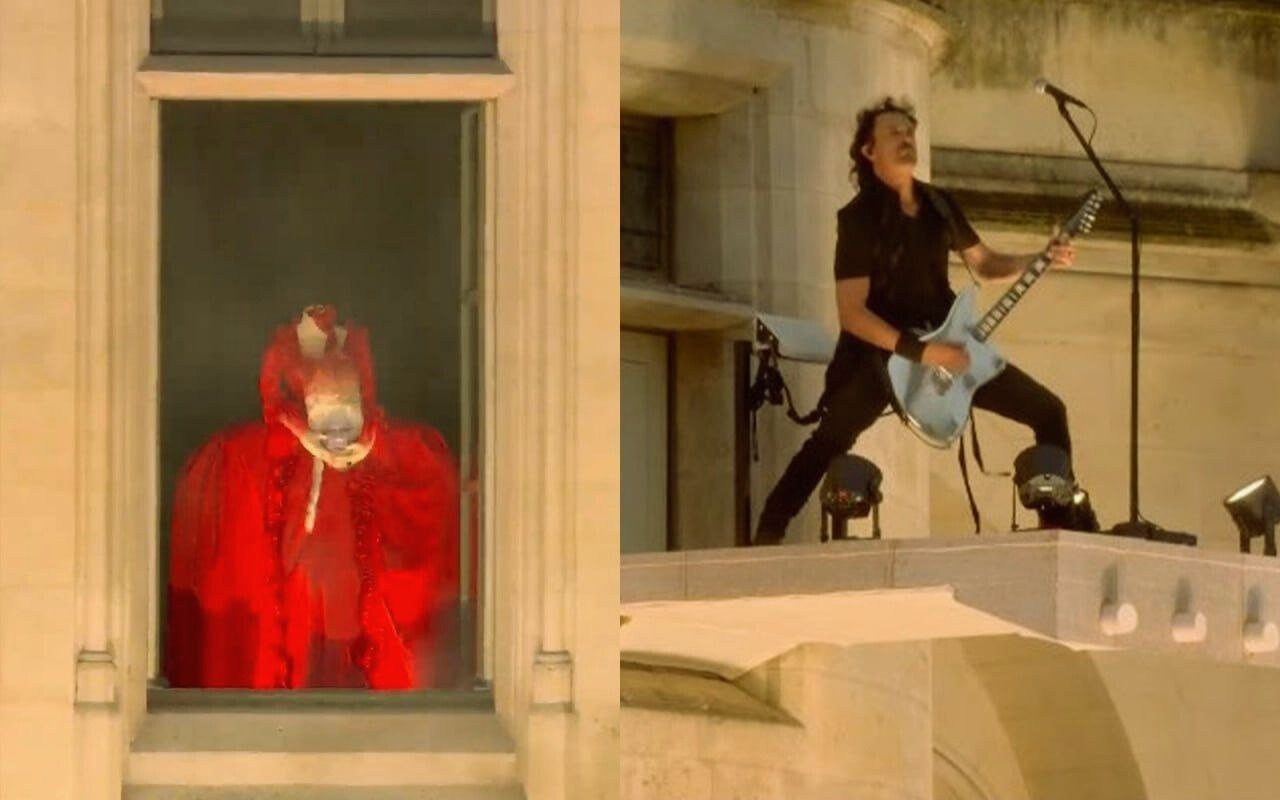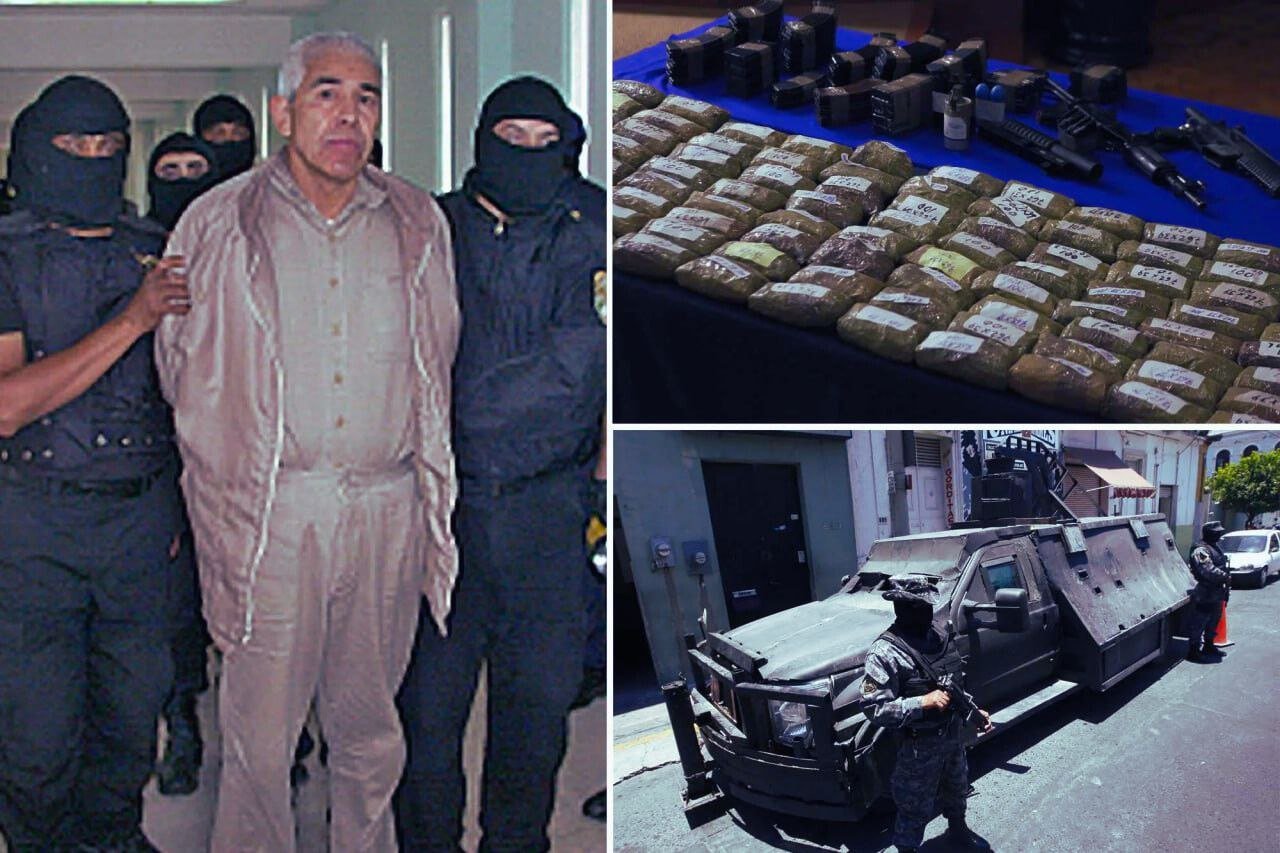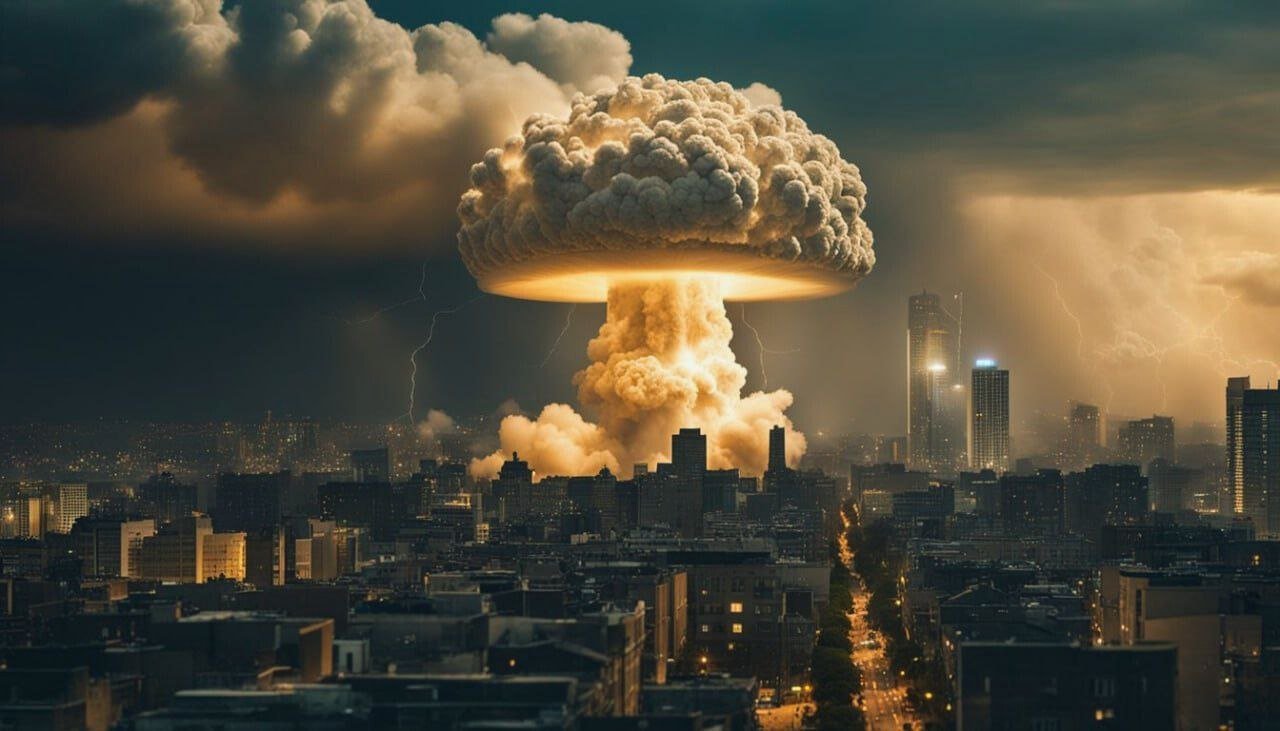
Contents

Hiroshima, a city in southwestern Japan, holds a pivotal place in 20th-century history due to the catastrophic events that unfolded on August 6, 1945. Prior to World War II, Hiroshima was a bustling urban center known for its cultural and industrial significance. The city’s strategic importance grew during the war, making it a focal point in the broader conflict that engulfed the globe. Understanding the backdrop of World War II is essential to grasp why Hiroshima became a target of unprecedented destruction.
The geopolitical climate leading up to the attack on Hiroshima was marked by intense global conflict and shifting alliances. World War II, which began in 1939, saw the Axis powers—primarily Germany, Italy, and Japan—pitted against the Allies, which included the United States, the United Kingdom, the Soviet Union, and China. The war was characterized by large-scale military operations, technological advancements in warfare, and devastating human tolls.

Japan’s role in World War II was significant and complex. Following its militaristic expansion in East Asia and the Pacific, Japan engaged in several aggressive campaigns, including the invasion of China and the attack on Pearl Harbor. These actions brought Japan into direct conflict with the United States and its allies. By 1945, the war in Europe had concluded with the defeat of Nazi Germany, allowing the Allies to concentrate their efforts on the Pacific Theater. Japan, facing intense military pressure, continued to resist despite suffering considerable losses.
The decision to target Hiroshima was influenced by multiple factors. Strategically, Hiroshima housed military headquarters, supply depots, and industrial facilities crucial to Japan’s war efforts. The city’s geographical layout and dense population made it an ideal site for demonstrating the devastating power of the atomic bomb. The goal was not only to compel Japan’s unconditional surrender but also to showcase the United States’ newly developed nuclear capabilities to the world, particularly to the Soviet Union, in a post-war context.
Thus, the attack on Hiroshima was a calculated move within the broader strategy to end World War II swiftly while also shaping the geopolitical landscape of the coming Cold War era.
The Development of the Atomic Bomb
The atomic bomb, a pivotal development in modern warfare, was the result of an extensive and clandestine effort known as the Manhattan Project. Initiated in 1942, the project brought together some of the greatest scientific minds of the time, with J. Robert Oppenheimer at the helm as the scientific director. Oppenheimer, often referred to as the “father of the atomic bomb,” played a crucial role in orchestrating the research and development that ultimately led to the creation of this formidable weapon.
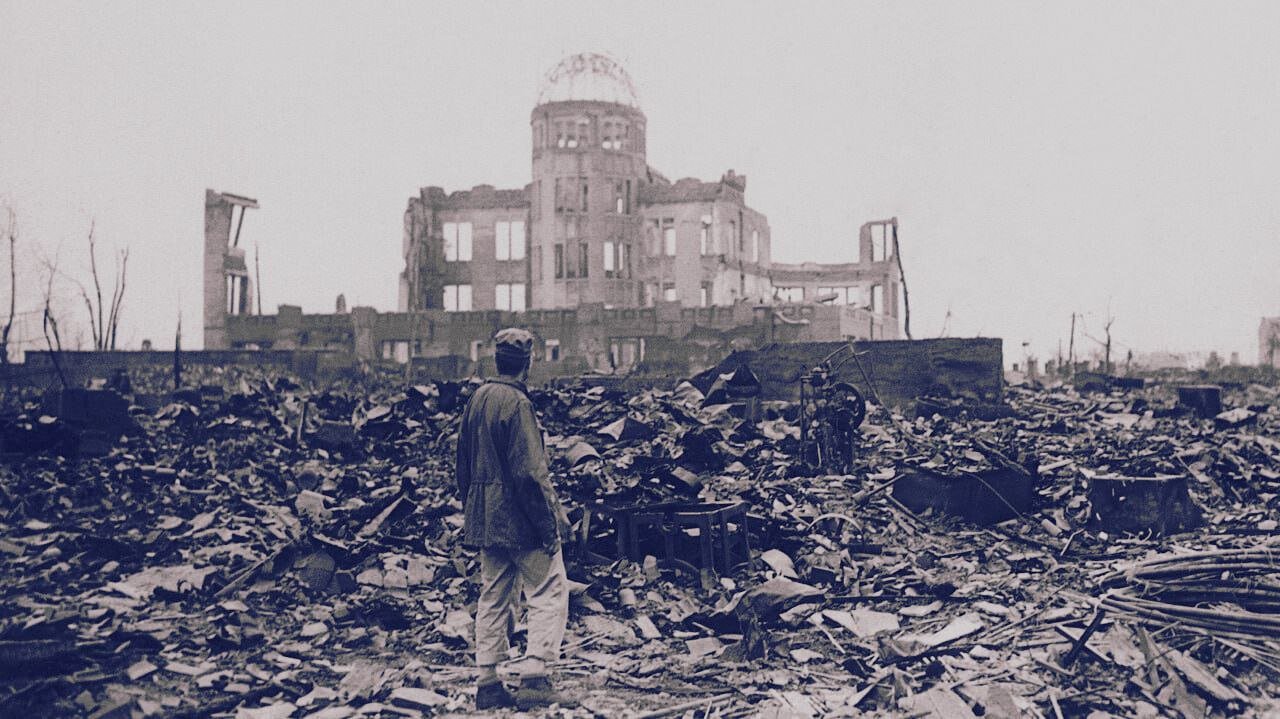
The Manhattan Project was a monumental undertaking that involved thousands of scientists, engineers, and military personnel. Key figures such as Enrico Fermi, Niels Bohr, and Richard Feynman contributed their expertise in nuclear physics, while General Leslie Groves oversaw the military aspects of the project, ensuring that it received the necessary resources and security. The collaboration between these brilliant minds led to several groundbreaking scientific breakthroughs, including the discovery of nuclear fission and the development of the first nuclear reactor.
The strategic importance of developing the atomic bomb during World War II cannot be overstated. The Allies were in a race against time, knowing that Nazi Germany was also attempting to develop nuclear weapons. The success of the Manhattan Project provided the United States with a decisive advantage, ultimately leading to the bombings of Hiroshima and Nagasaki, which precipitated the end of the war in the Pacific theater.
However, the development of the atomic bomb was not without ethical debates and moral dilemmas. The sheer destructive power of the weapon raised profound questions about the implications of its use. Scientists and military leaders grappled with the potential consequences, both immediate and long-term, of deploying such a weapon. The secrecy surrounding the project was also a significant aspect, with strict measures in place to prevent any information from leaking to enemy forces or the public.
In conclusion, the development of the atomic bomb through the Manhattan Project was a complex interplay of scientific innovation, military strategy, and ethical considerations. Its creation marked a turning point in history, ushering in the nuclear age and forever altering the landscape of global warfare and international relations.
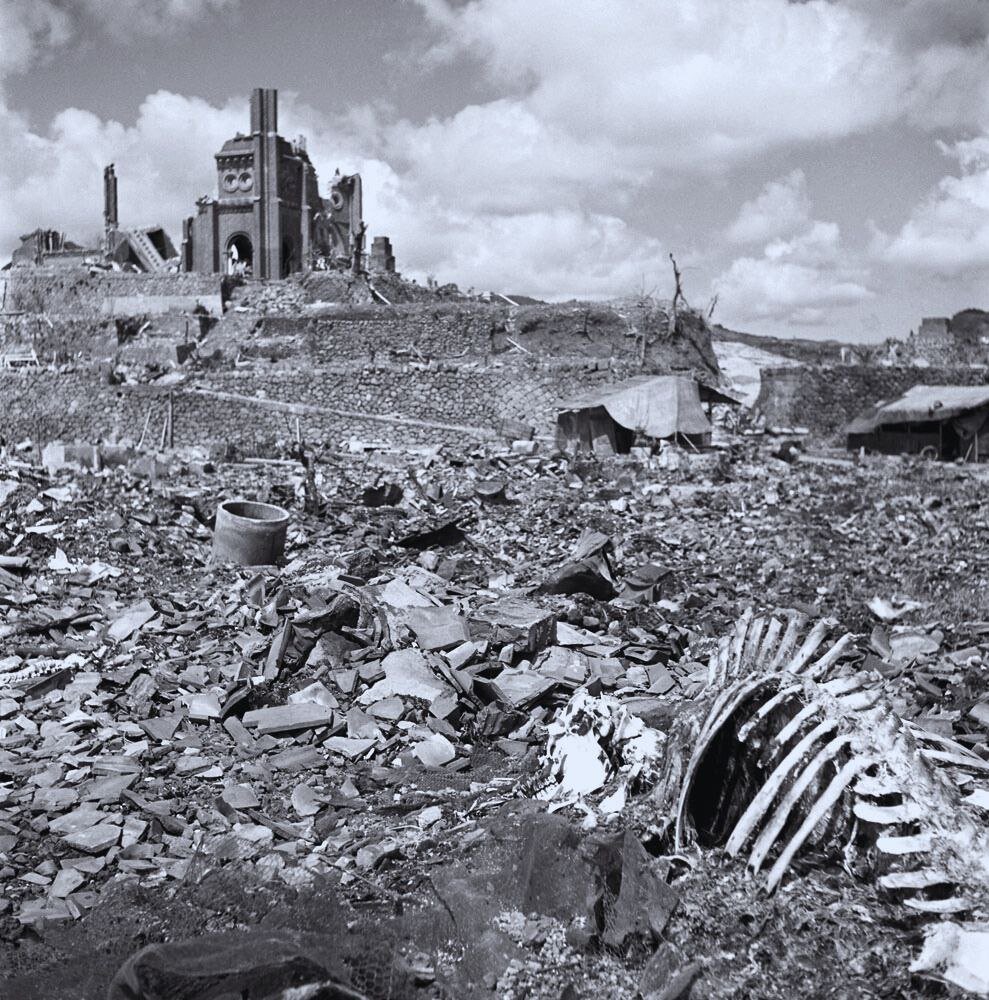
The decision to deploy the atomic bomb on Hiroshima was the culmination of a complex and multifaceted political and military deliberation. Central to this decision was the Potsdam Declaration, issued in July 1945, which called for the unconditional surrender of Japan. The declaration, delivered by the Allied powers, warned of “prompt and utter destruction” should Japan refuse to surrender, though it did not explicitly mention the atomic bomb.
President Harry S. Truman played a pivotal role in this decision-making process. Ascending to the presidency after the death of Franklin D. Roosevelt in April 1945, Truman was quickly thrust into the heart of wartime strategy. The Manhattan Project, a top-secret initiative to develop nuclear weapons, was nearing completion, and Truman had to decide whether to use this unprecedented weaponry. The primary considerations revolved around ending the war swiftly, minimizing further Allied casualties, and demonstrating military supremacy, particularly to the Soviet Union in the nascent stages of post-war geopolitics.
Various alternatives to using the atomic bomb were debated within Truman’s administration. Some advisors advocated for a demonstration of the bomb’s power on an uninhabited area to compel Japan to surrender. Others suggested continuing conventional bombing and a naval blockade to exhaust Japan’s resources. However, these alternatives carried uncertainties regarding their effectiveness and the duration required to achieve surrender. Against this backdrop, the option of utilizing the atomic bomb presented a seemingly decisive solution.
Ultimately, the decision to use the atomic bomb on Hiroshima was influenced by a convergence of strategic, humanitarian, and political factors. The desire to avoid a protracted invasion of Japan, which could result in significant Allied and Japanese casualties, was a compelling argument. Moreover, demonstrating the bomb’s devastating capacity was also seen as a deterrent to future conflicts. As a result, on August 6, 1945, the U.S. deployed the atomic bomb on Hiroshima, marking a profound moment in history and forever altering the course of warfare and international relations.
The Bombing of Hiroshima: Events of August 6, 1945
On the morning of August 6, 1945, the world witnessed a cataclysmic event that would forever alter the course of history. The day began with the meticulously planned preparation of the B-29 bomber, Enola Gay, at the North Field airbase on Tinian Island. Piloted by Colonel Paul Tibbets, the aircraft was loaded with a single, deadly payload: the atomic bomb codenamed ‘Little Boy.’
At precisely 2:45 AM, Enola Gay lifted off, escorted by two additional B-29s tasked with weather reconnaissance and photographic documentation. As the aircraft approached Hiroshima, a city of strategic military importance, final checks were conducted, and the bomb’s arming mechanisms were activated. At 8:15 AM local time, ‘Little Boy’ was released from the Enola Gay, beginning its descent towards the unsuspecting city below.
The bomb detonated at an altitude of approximately 1,900 feet, unleashing a blinding flash of light followed by an immense fireball. The explosion generated temperatures exceeding several thousand degrees Celsius, instantly incinerating everything within a radius of approximately one mile. Eyewitnesses described the sky lighting up brighter than the sun, followed by a deafening roar that echoed for miles.
Survivor accounts paint a harrowing picture of the immediate aftermath. Buildings were reduced to rubble, and fires spread rapidly through the city. Those who survived the initial blast faced devastating injuries from the intense heat and radiation. Military reports documented the extensive damage, noting that over 80,000 people were killed instantly, with tens of thousands more succumbing to injuries and radiation sickness in the subsequent weeks.
Eyewitness testimonies provide a poignant human perspective on the tragedy. One survivor recounted, “The city was enveloped in a thick, black cloud. People were running in every direction, their clothes and skin burned beyond recognition.” Another remembered, “The streets were filled with the cries of those seeking water and relief from the agony of their burns.”
The bombing of Hiroshima on August 6, 1945, remains one of the most significant and sorrowful events in modern history. It stands as a stark reminder of the devastating power of nuclear weapons and the profound impact of war on humanity. The detailed accounts from that day serve not only as historical records but also as solemn testimonies to the resilience and suffering of the survivors.
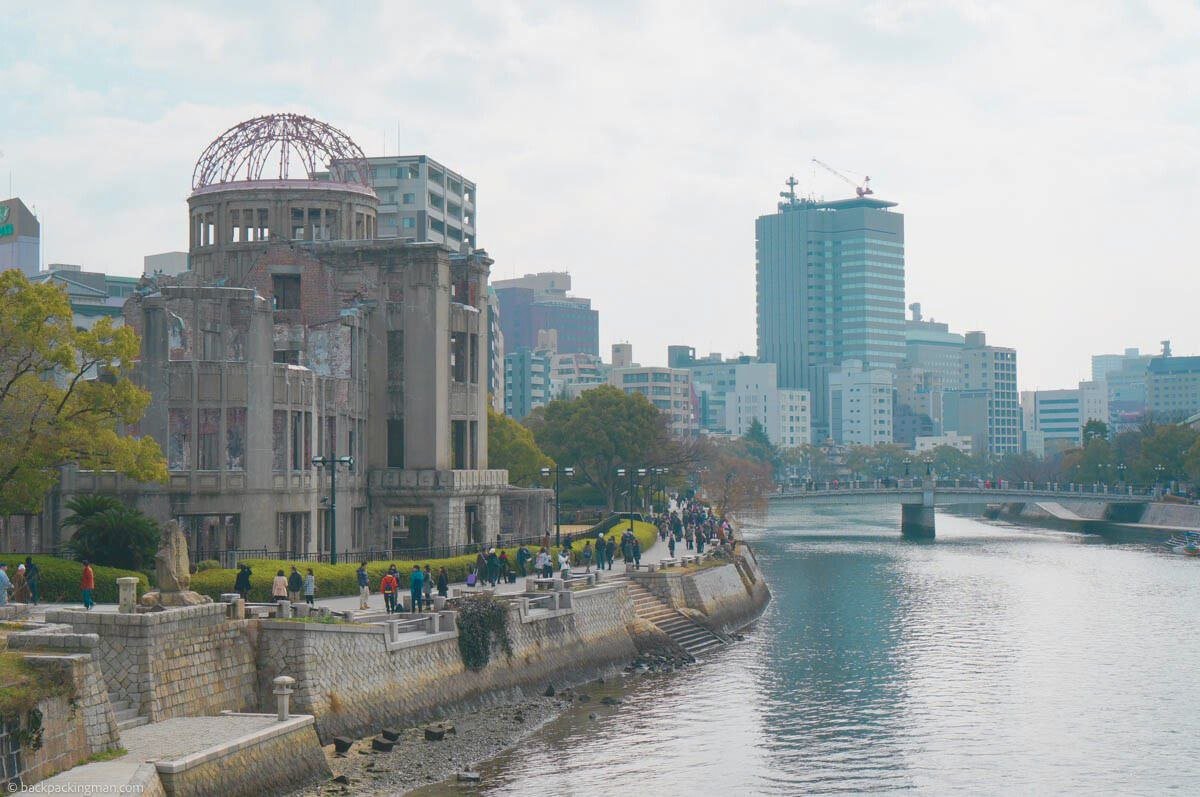
Immediate Aftermath and Human Impact
The nuclear bombing of Hiroshima on August 6, 1945, resulted in unprecedented devastation. Within seconds, the city was engulfed in a conflagration of unimaginable proportions. The explosion obliterated an estimated 70,000 buildings, reducing much of the city to rubble and ashes. The immediate blast killed approximately 80,000 people, with tens of thousands more succumbing to injuries and radiation sickness in the following days and weeks.
The human impact was profound and harrowing. Survivors, known as hibakusha, provided heart-wrenching accounts of the event. Many described the blinding flash of light, followed by a deafening explosion, and then the sudden, overwhelming heat that ignited fires across the city. Those within close proximity to the epicenter were instantly vaporized, while others further away suffered severe burns, lacerations, and radiation exposure.
In the wake of the explosion, Hiroshima’s infrastructure was in shambles. Hospitals, schools, and municipal buildings were either destroyed or severely damaged, rendering emergency response efforts extraordinarily challenging. The surviving medical personnel, themselves often injured, faced the monumental task of treating thousands of casualties with limited supplies. Makeshift clinics were established in the ruins, but these were overwhelmed by the sheer number of patients.
The immediate response was chaotic but marked by remarkable human resilience. Despite the extensive damage and personal losses, survivors banded together to search for loved ones, provide first aid, and share whatever resources they could find. Stories of extraordinary courage and altruism emerged, as individuals risked their lives to save others from the burning wreckage and to care for the wounded.
The bombing of Hiroshima not only inflicted physical destruction but also left profound psychological scars on the survivors. The trauma of witnessing such widespread death and suffering had lasting effects, influencing the collective memory and identity of the city and its people. The struggle to comprehend and cope with the aftermath of the nuclear attack became a defining aspect of Hiroshima’s history, shaping the city’s future and its commitment to advocating for peace and nuclear disarmament.
Long-Term Effects and Legacy
The nuclear attack on Hiroshima left an indelible mark on the city and its inhabitants. One of the most immediate and devastating long-term effects was radiation sickness, which afflicted thousands of survivors. Symptoms ranged from acute illnesses such as severe burns and hair loss to chronic conditions like leukemia and other forms of cancer. The long-term exposure to radiation also caused genetic damage, leading to birth defects and other hereditary health issues in the subsequent generations.
Psychological trauma was another significant consequence. Survivors, known as hibakusha, endured not only physical ailments but also severe mental distress. The horror of the event and the loss of loved ones left deep emotional scars. Many hibakusha experienced post-traumatic stress disorder (PTSD), anxiety, and depression, which have persisted through the decades.
Despite these harrowing challenges, Hiroshima demonstrated remarkable resilience. The city was meticulously rebuilt, emerging from the ashes as a symbol of peace and recovery. The Hiroshima Peace Memorial Park and the Atomic Bomb Dome stand as poignant reminders of the tragedy, while also serving as sites for reflection and education on the importance of nuclear disarmament. These memorials are visited by millions annually, fostering a global dialogue on the catastrophic consequences of nuclear warfare.
However, the legacy of the bombing extends beyond physical and psychological scars. The hibakusha continue to face ongoing health issues, requiring continuous medical care and support. Their experiences have fueled advocacy for peace and the abolition of nuclear weapons, making Hiroshima a beacon for global peace movements. The enduring impact of the Hiroshima bombing is a testament to the resilience of the human spirit and a powerful reminder of the need for a peaceful and nuclear-free world.
Global Reactions and Historical Significance
The bombing of Hiroshima on August 6, 1945, elicited a profound and multifaceted international response. Among the Allied powers, the reaction was largely one of subdued acknowledgment, mingled with relief that the drastic measure might hasten the end of World War II. Leaders such as President Harry S. Truman defended the decision, arguing that the atomic bomb expedited Japan’s surrender, thereby saving countless lives that would have otherwise been lost in a prolonged conflict.
In contrast, the Axis powers, particularly Germany and Italy, were already on the brink of defeat and had limited capacity to respond. However, the bombing underscored the devastating potential of nuclear weapons, reinforcing the urgency of their own, ultimately unsuccessful, efforts to develop similar capabilities. Neutral countries, meanwhile, were generally shocked and horrified by the unprecedented destruction and loss of life, sparking a global discourse on the ethical implications of nuclear warfare.
The bombing of Hiroshima played a pivotal role in the eventual surrender of Japan, effectively bringing World War II to a close. This act not only marked a significant turning point in the war but also initiated a new era in international relations and global politics. The sheer destructive power displayed by the atomic bomb fundamentally altered diplomatic strategies and defense policies worldwide. Countries began to recognize the necessity of negotiating arms control agreements and establishing frameworks for nuclear disarmament.
Furthermore, the event indelibly influenced the nascent Cold War dynamics between the United States and the Soviet Union. The demonstration of nuclear capability by the U.S. propelled the Soviet Union to accelerate its own nuclear program, leading to a tense arms race that defined much of the 20th century geopolitical landscape. The reverberations of Hiroshima’s bombing extended beyond military strategy; it fostered an urgent international dialogue on the moral, ethical, and humanitarian considerations of nuclear technology.
Hiroshima’s historical significance is thus multifaceted, impacting not only the immediate cessation of World War II but also shaping the modern world’s approach to nuclear policy, diplomacy, and international relations. The event serves as a somber reminder of the catastrophic potential of nuclear weapons and underscores the ongoing necessity for global cooperation in preventing future nuclear conflicts.
Hiroshima Today: Memorials and Lessons Learned
Hiroshima, once the epicenter of a devastating nuclear attack, has transformed into a powerful symbol of peace and resilience. Today’s Hiroshima stands as a testament to the human spirit’s capacity to rebuild and advocate for a future free from the horrors of nuclear warfare. Central to this transformation are several poignant memorials and annual events that serve not only as reminders of the past but also as beacons of hope for the future.
The Hiroshima Peace Memorial Park is perhaps the most iconic site within the city. Located near the hypocenter of the atomic blast, this park is dedicated to the memory of the bomb’s victims and the pursuit of world peace. At its heart stands the A-Bomb Dome, a preserved ruin that has become a UNESCO World Heritage Site, symbolizing both the destruction wrought by the bomb and the enduring hope for peace.
Adjacent to the park is the Hiroshima Peace Memorial Museum, which houses artifacts, photographs, and personal stories from the day of the bombing and its aftermath. The museum’s exhibits provide a stark and moving narrative of the events of August 6, 1945, and their long-lasting impact on the city and its inhabitants. By educating visitors about the horrors of nuclear war, the museum plays a crucial role in the global movement toward disarmament.
Each year, on the anniversary of the bombing, Hiroshima hosts the Peace Memorial Ceremony. This solemn event gathers survivors, families, and international guests to honor the victims and renew the call for global peace. The ceremony often includes the ringing of the Peace Bell, a moment of silence, and the release of doves, symbolizing the city’s commitment to a world without nuclear weapons.
Hiroshima’s journey from devastation to a symbol of peace serves as a powerful lesson for humanity. It underscores the importance of remembering the past to prevent future tragedies. The city’s memorials and annual events are not only acts of remembrance but also calls to action, urging the global community to work towards nuclear disarmament and lasting world peace.
OUR SITE: toinewsalert.com
